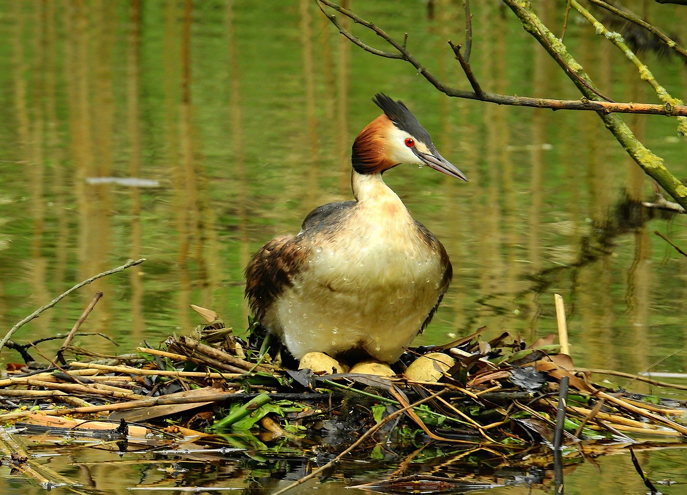By Megan Widdows
Aging is the process of getting older and it happens to all of us. It is a cumulative process, that results from complex biological processes that occur throughout our life. As we get older, we get slower, less agile, our mental capacity decreases and we face higher risks of developing disease. Some of these common age-related diseases in humans include hearing loss, cataracts, osteoarthritis, type 2 diabetes and dementia.
However, not everyone ages at the same rate and there is no set age at which we all begin to decline. This is partly due to genetic differences between individuals and may explain why members of some families tend to live to see one-hundred years whilst members of other families rarely live longer than 75. However, the environment we live in is thought to play an even more important role than our genes in determining how we age.
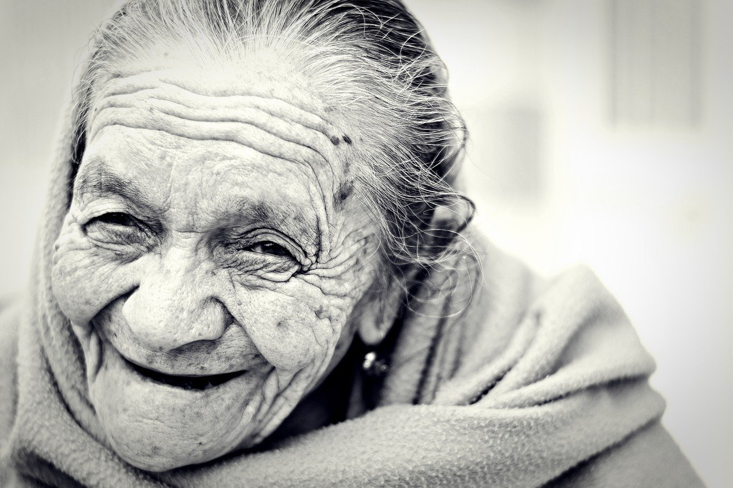
The environment is basically the surroundings and conditions in which a person, animal or plant lives and operates. For people, this includes our physical environment, such as access to clean air and water and healthy living conditions that are not affected, for example, by damp or hazardous substances such as asbestos. It also includes our social and economic environment, including access to education, support networks from family and friends, our job and income level, financial security and self-confidence. Personal behaviour and lifestyle choices such as the food we eat, consumption of alcohol or drugs, smoking and exercising, or lack thereof, also contribute to our unique environment.
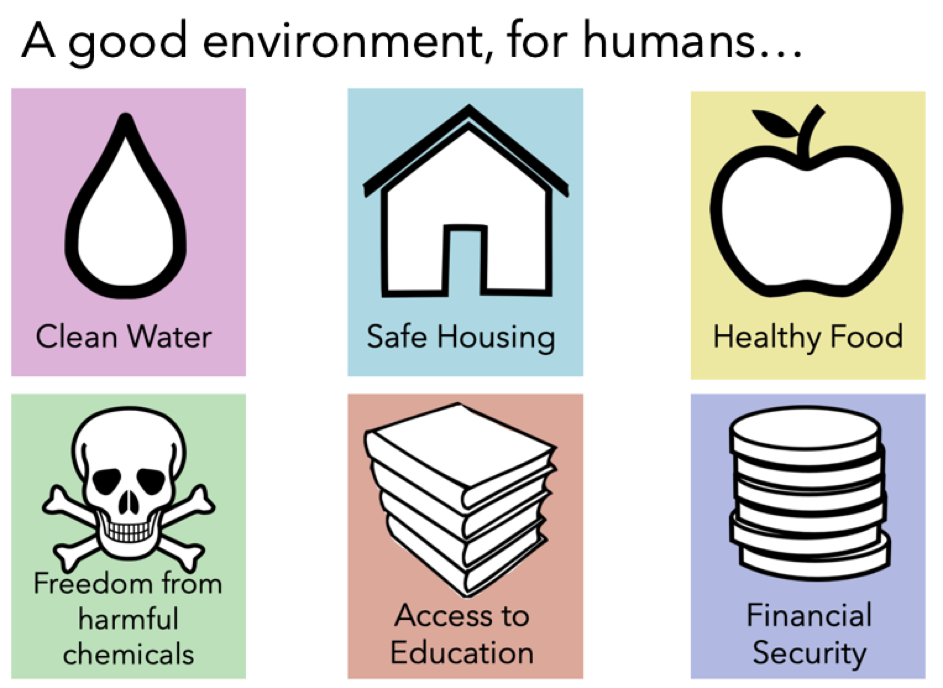
Throughout our lives, we all encounter different situations and behave in different ways and, as a result of our unique combination of genetics and environment, this can have variable consequences for our health and the way we age. We already know that living in a higher quality environment during the later stages of life reduces the rate of age-related decline in people. For us, a better environment might involve eating healthily, regular exercise and having a supportive environment that encourages and enables older people to continue doing the things they enjoy.
However, the environment doesn’t only affect your rate of age-related decline when you get old. Some scientists believe that environmental factors may begin influencing how we age from very early during our development – even before we are born.
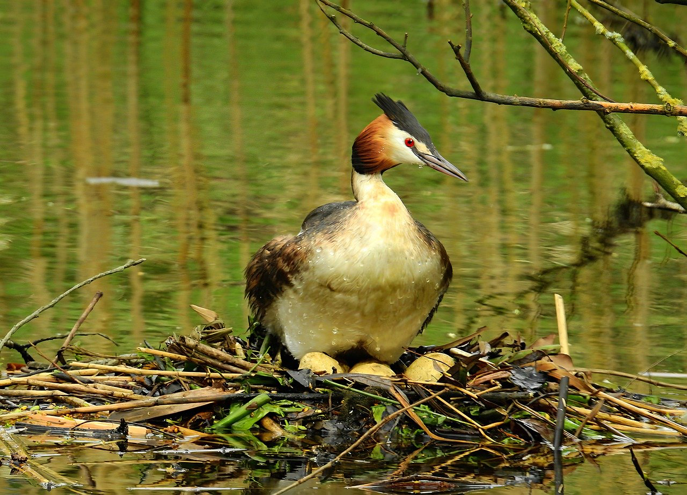
To understand what role our early environment plays in our decline into old age, scientists studied the effect that different environments experienced during the developmental period had on rates of aging and reproductive decline in later life, with developmental period classed as being from gestation to sexual maturity. To do this, they conducted a study that compared the effects of different environments experienced during the developmental period on survival and declines in reproductive success with age across fourteen species of wild birds and mammals including red deer, mountain goats, the Asian elephant and tawny owls.
Senescence is a word that is often used interchangeably with aging. It describes the changes that occur in the old age of an organism, that cause increased vulnerability to challenges. Such changes might be, for example, increased risk of disease and the reduced ability to defend oneself. These changes decrease the overall chance of survival.
Reproductive senescence is any reduction in the ability to reproduce that occurs as an organism gets older. An extreme example of this is the menopause, where females of some species undergo hormonal changes that completely prevent further reproduction. In people, experiencing a poor environment during development has been linked to having an increased risk of developing type 2 diabetes and cardiovascular disease in later life, as well as a reduction in life expectancy. It is also linked to early menopause in women. In other animals, good environmental conditions, such as high nutrient availability, during development have been shown to have a positive impact on the animal, which can last long after the development period has ended. This is known as the “silver-spoon effect”, and it has been shown to have many positive impacts on early and middle life in animals and people.
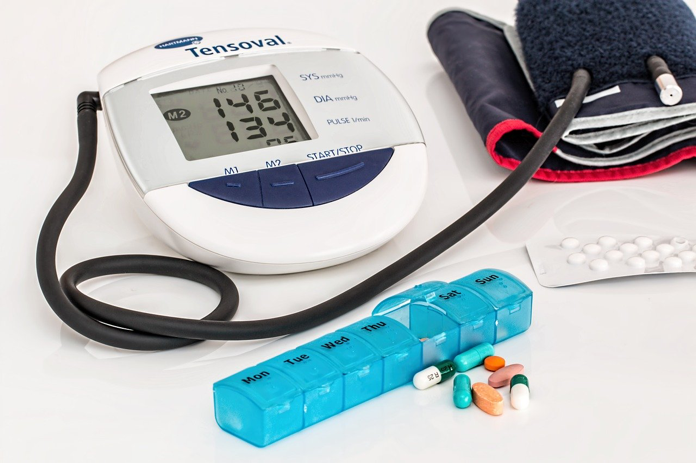
Surprisingly though, a study by two scientists in 2018 showed that the quality of environment experienced during development had no detectable effect on the rate of general aging or lifespan of the animals. Instead, it found that those animals that experienced a good quality environment during development tended to have faster rates of reproductive decline, meaning they are less likely to reproduce in later life. However, size of this effect was only small, probably reflecting that a multitude of factors, both genetic and environmental, play a role in determining the rate of reproductive decline.
If having a bad quality developmental environment does slow the rate of aging, how does it work? One theory is that there may be a link between the ability to survive harsh conditions and the ability to survive into old age. Individuals that are able to survive poor conditions during development are also more likely to age more slowly and survive longer. So although the developmental environment may not directly affect the rate of age-related decline, it could still have far-reaching effects that last right up to the final stages of life. This has important ramifications for our understanding not only of animal development, but also of reproductive and age-related decline in humans.
The study mentioned in this article can be found here. A glossary of terms is provided below.
Tell us what you think about this blog…
We are trying to understand who reads our blogs and why, to help us improve their content.
By completing this survey, you agree that you are over the age of 18 and that your responses can be used in research at the University of Sheffield to evaluate the effect of blogging in science communication.
Glossary
Environment – the collective term for the many factors that make up an organisms’ surroundings including diet,
Development period – the period between gestation and sexual maturity (being biologically ready to reproduce)
Reproductive senescence – the reduction in the ability to reproduce and procreate that naturally occurs as an organism gets older
Senescence – the changes that occur in the old age of an organism
